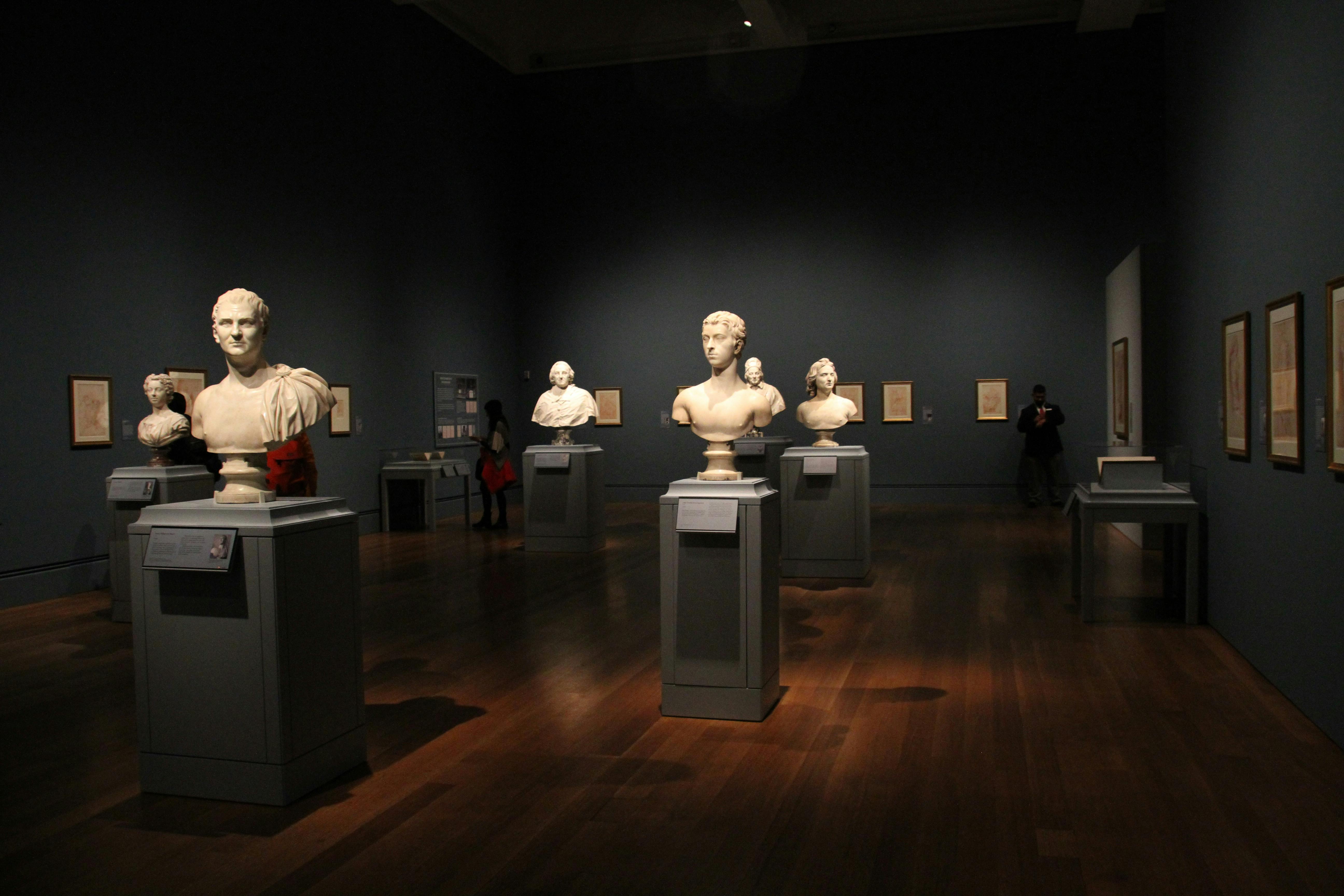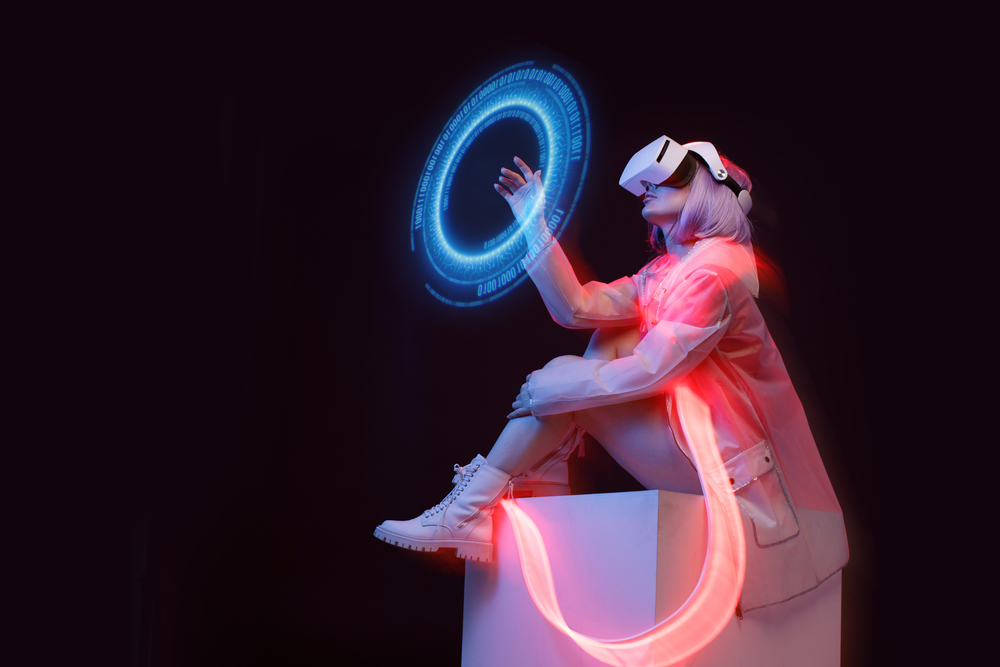Augmented Reality's Artistic Revolution in Museums
In an era where technology increasingly intertwines with daily life, museums are embracing a groundbreaking fusion of art and augmented reality (AR). This innovative approach is transforming how visitors interact with exhibits, blurring the lines between the physical and digital realms. As cultural institutions seek to remain relevant and engaging, AR is emerging as a powerful tool to enhance the museum experience, offering new dimensions of interactivity and education.

The turning point came with the development of more sophisticated AR technologies and the widespread adoption of capable smartphones. Museums began to recognize the potential of AR not just as a novelty, but as a fundamental tool for enhancing visitor engagement and understanding. This shift in perspective has led to a surge in AR implementations across museums worldwide, from small local galleries to renowned international institutions.
Bridging Past and Present
One of the most compelling applications of AR in museums is its ability to bring historical artifacts and artworks to life. Visitors can now point their smartphones or tablets at ancient relics and watch as they are digitally reconstructed, offering a glimpse into their original appearance and context. This capability is particularly powerful for archaeological exhibits, where fragments of pottery or weathered statues can be instantly transformed into their complete, pristine forms.
The British Museum in London has been at the forefront of this trend, employing AR to enhance its vast collection of historical artifacts. Visitors can use AR to see the vibrant colors that once adorned now-faded Greek and Roman statues, or witness the intricate details of corroded bronze artifacts restored to their former glory. This approach not only educates but also creates an emotional connection between the viewer and the distant past.
Interactive Storytelling and Education
AR is revolutionizing museum education by offering interactive, multi-layered narratives around exhibits. Instead of relying solely on static placards or audio guides, visitors can now access a wealth of information through their devices, tailored to their interests and level of expertise. This personalized approach to learning allows for a more engaging and memorable museum experience.
The Smithsonian Institution has embraced this concept with its AR-enhanced exhibits. In one notable example, visitors to the National Museum of Natural History can use AR to see extinct animals come to life, roaming through the museum halls or interacting with their environments. This immersive experience not only educates about these long-lost creatures but also raises awareness about current conservation efforts and the impact of climate change.
Expanding Artistic Boundaries
Contemporary artists are also seizing the opportunities presented by AR, creating works that exist in both physical and digital realms. These hybrid artworks challenge traditional notions of what constitutes art and how it can be experienced. Museums are increasingly incorporating these AR-enhanced pieces into their collections, offering visitors a glimpse into the future of artistic expression.
The Museum of Modern Art (MoMA) in New York has been particularly active in this space, hosting AR art exhibitions that overlay digital creations onto the physical gallery space. These installations invite visitors to explore new dimensions of creativity, blending the tangible and intangible in ways that were previously impossible. As AR technology continues to advance, the possibilities for artistic innovation in this medium seem boundless.
Accessibility and Inclusion
Perhaps one of the most significant impacts of AR in museums is its potential to enhance accessibility and inclusion. For visitors with disabilities, AR can provide alternative ways to experience exhibits. For instance, deaf visitors can access sign language interpretations through their devices, while visually impaired individuals can benefit from audio descriptions triggered by proximity to specific artworks.
Moreover, AR is breaking down geographical barriers, allowing museums to extend their reach beyond their physical walls. Virtual exhibitions enhanced with AR elements can be accessed from anywhere in the world, democratizing access to cultural heritage and education. This global accessibility is particularly valuable for preserving and sharing endangered or remote cultural sites that may be difficult to visit in person.
Challenges and Future Prospects
While the integration of AR in museums offers immense potential, it is not without challenges. The cost of implementing and maintaining AR systems can be prohibitive for smaller institutions. Additionally, there are concerns about the potential for AR to distract from the physical artifacts themselves, potentially diminishing the authentic museum experience.
Looking ahead, the future of AR in museums appears bright. As technology continues to evolve, we can expect even more seamless and immersive AR experiences. The development of AR glasses and contact lenses may eventually eliminate the need for handheld devices, creating a truly integrated digital-physical environment within museum spaces.
As museums continue to embrace AR, they are not just adapting to technological trends but actively shaping the future of cultural engagement. This fusion of art, history, and technology is creating new forms of expression, education, and interaction, ensuring that museums remain vibrant and relevant in the digital age. The artistic revolution brought about by AR in museums is just beginning, promising a future where the boundaries between the past and present, the physical and digital, are more fluid than ever before.





